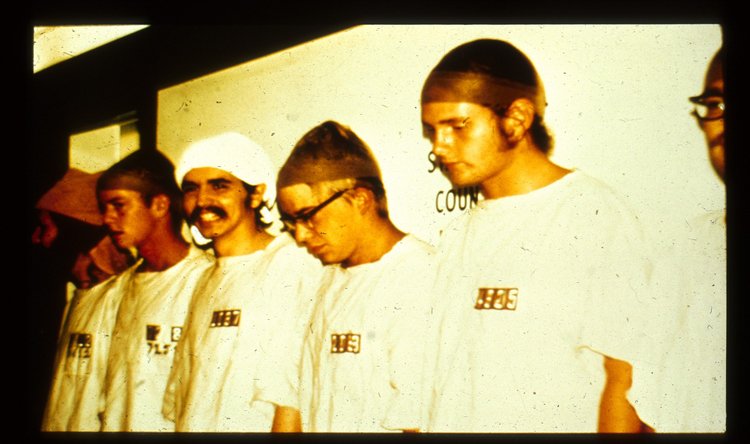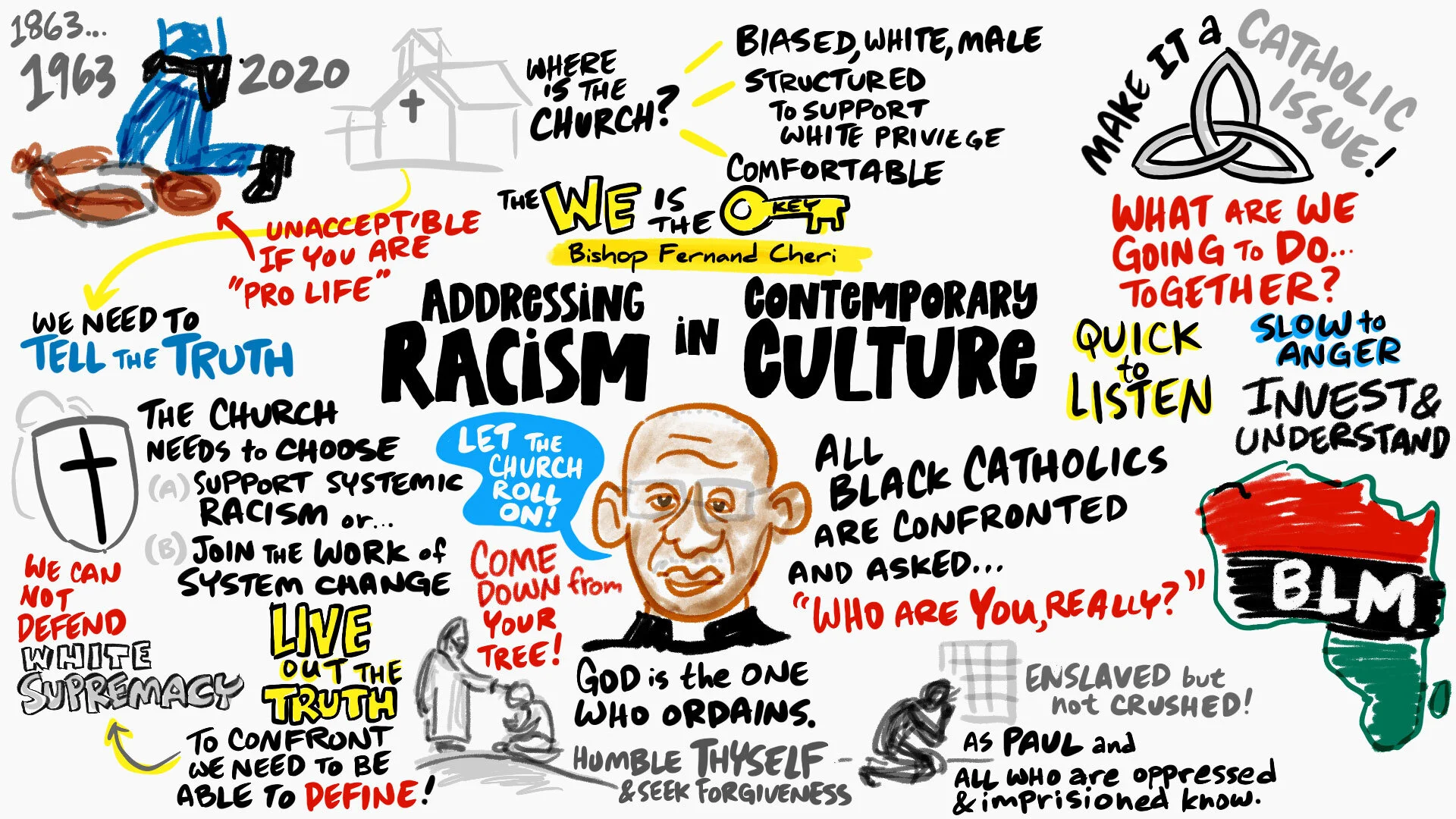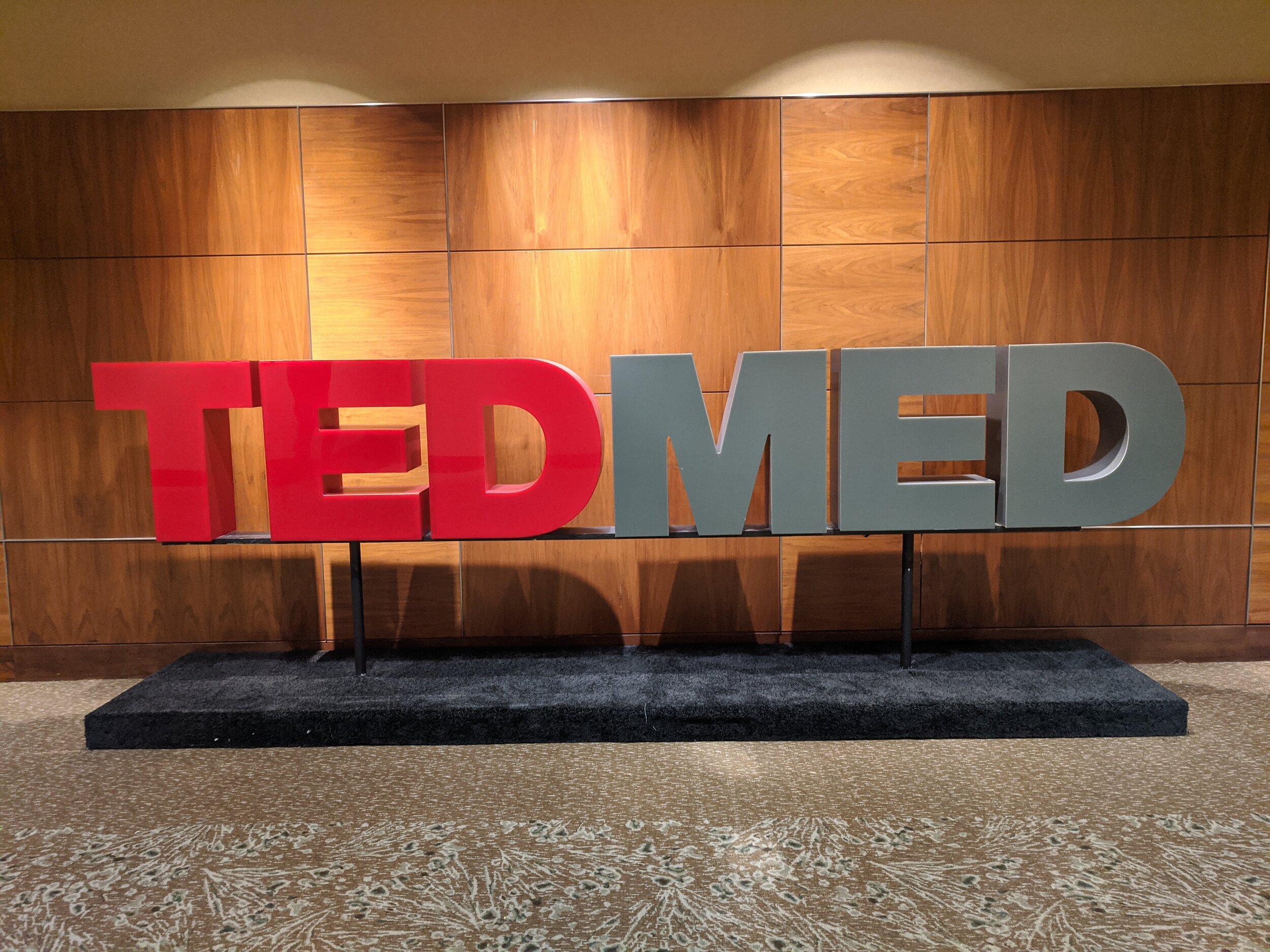How Communities of Practice Survive (or Not!) Inside Formal Structures
/This post was originally a response to John Stepper's thoughtful post on guilds and communities of practice (CoP), titled Leveraging a 1000-year-old idea at work.
My introduction to a CoP begin early in my career as a person with no definable job title. This was the mid-1990's and the term "knowledge worker" was just making its way into the corporate vernacular.
Fortunately, this network I joined had several simple (and visual) models for us to use when self-organizing around projects. That community was deeply influenced by the tradition of architecture as a mentor-apprentice education model; the Montessori school learning environment (in which teachers are "guides"); and Christopher Alexander's "pattern language" philosophical work on why built environment live and die.
Those three elements—models, environments, language—provide a powerful container for a CoP in which there is no top-down hierarchy, especially if the culture is open enough to allow discussion, interpretation, experimentation, and sharing.
The challenge within an organization or corporation is that there is often an allergic reaction to such openness, especially when there might be HR and legal fears of unintended consequences, for example if customers or patients are adversely affected.
This fear, whether warranted or not, is often magnified by the quarterly demands for ROI for any initiative.
The organizations which I have seen successfully incubate a CoP seem to require the sponsorship, patronage and protection of an enlightened, respected leader—another 1000-year-old tradition!
Referring back to the network I joined in the 1990s, it has survived inside and outside formal organizations precisely because the CoP was extra-organizational as well as intra-organizational, meaning that the patterns, models and language have perceived value precisely because they exist beyond any individual patron or corporately mandated structure.
REFERENCES:
Communities of Practice and Pattern Language by James B. Smethurst | The Journal for Transitional Management | September 24, 1997
Christopher Alexander and A Pattern Language: A Pattern Language: Towns, Buildings, Construction
photo via Humboldt State UniversityWhat patterns have you seen work for a Community of Practice to survive inside a school, university, geographic location, corporation or distributed network? What kills a CoP?
Add your comments below these related posts.








